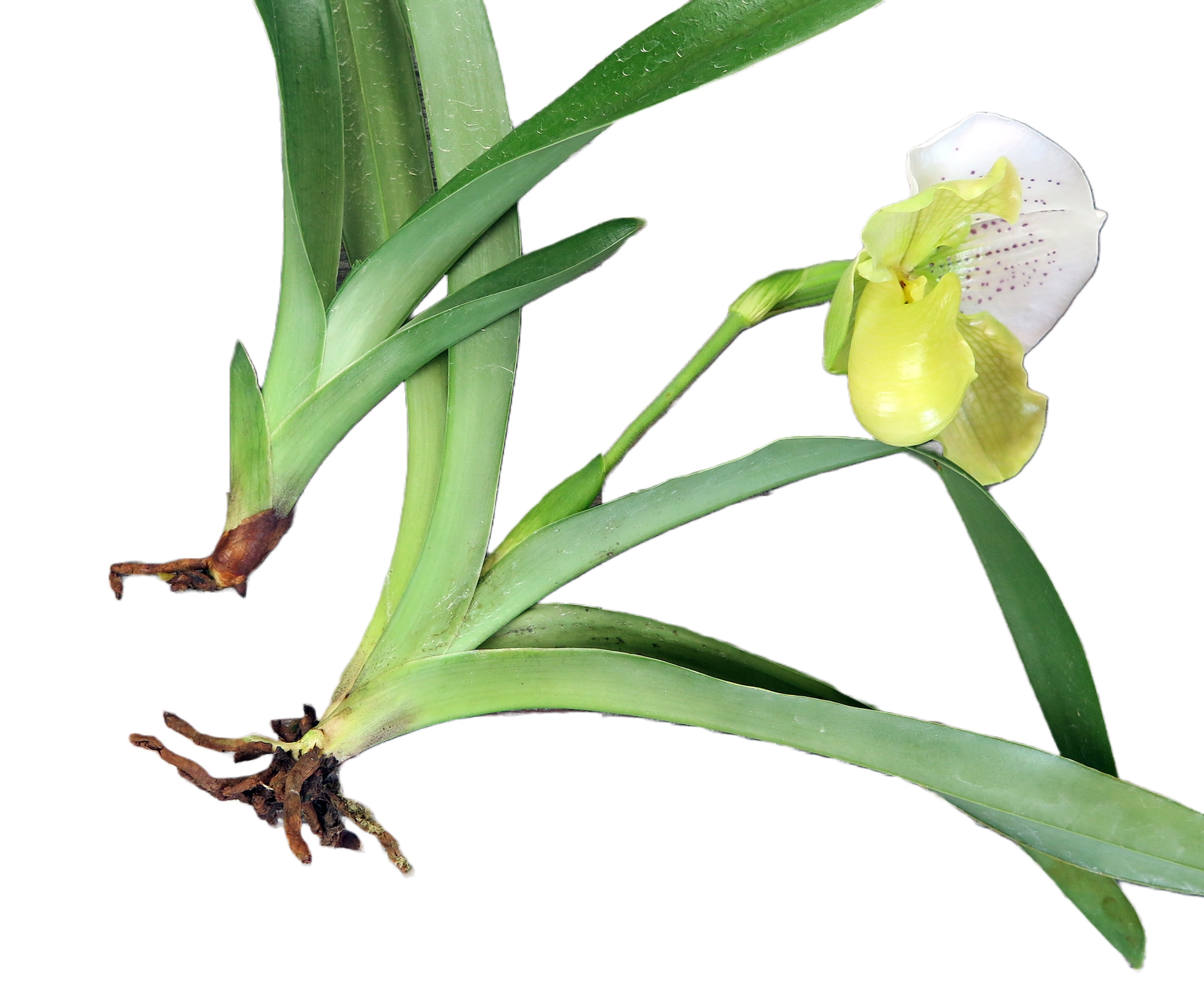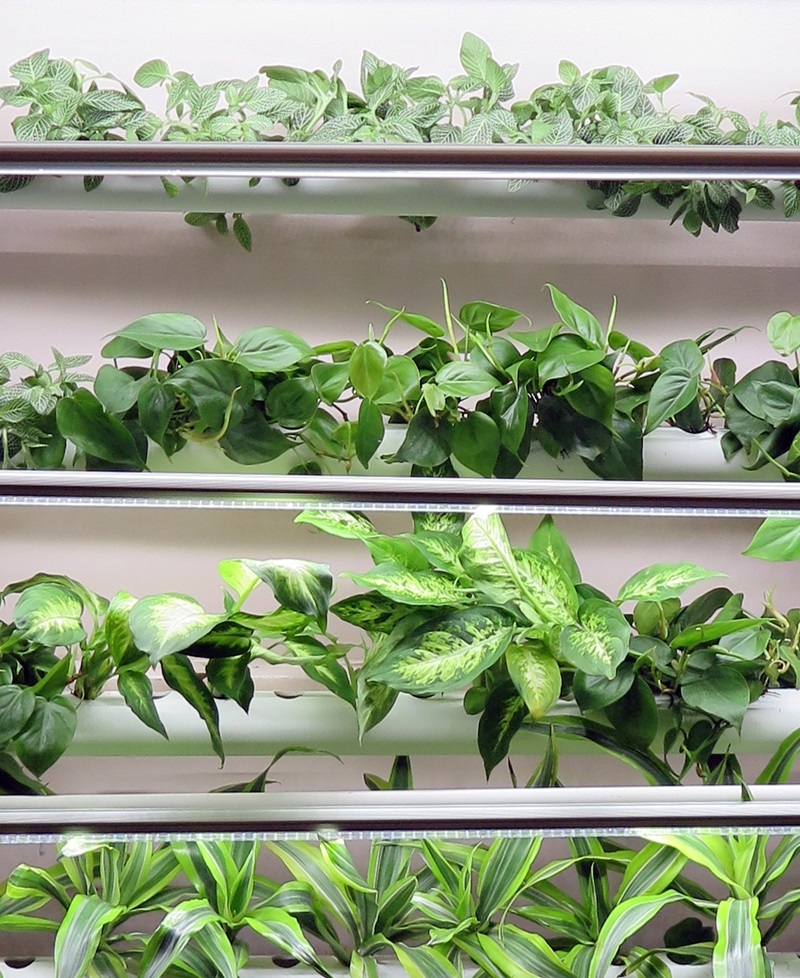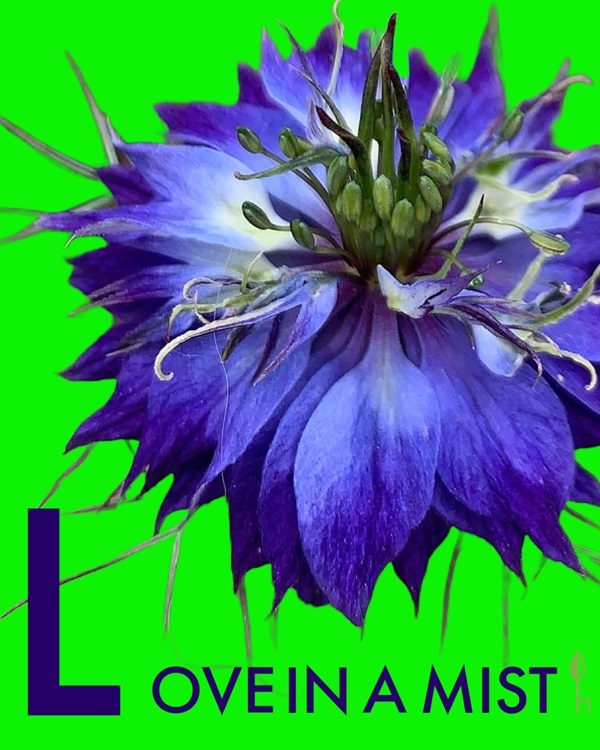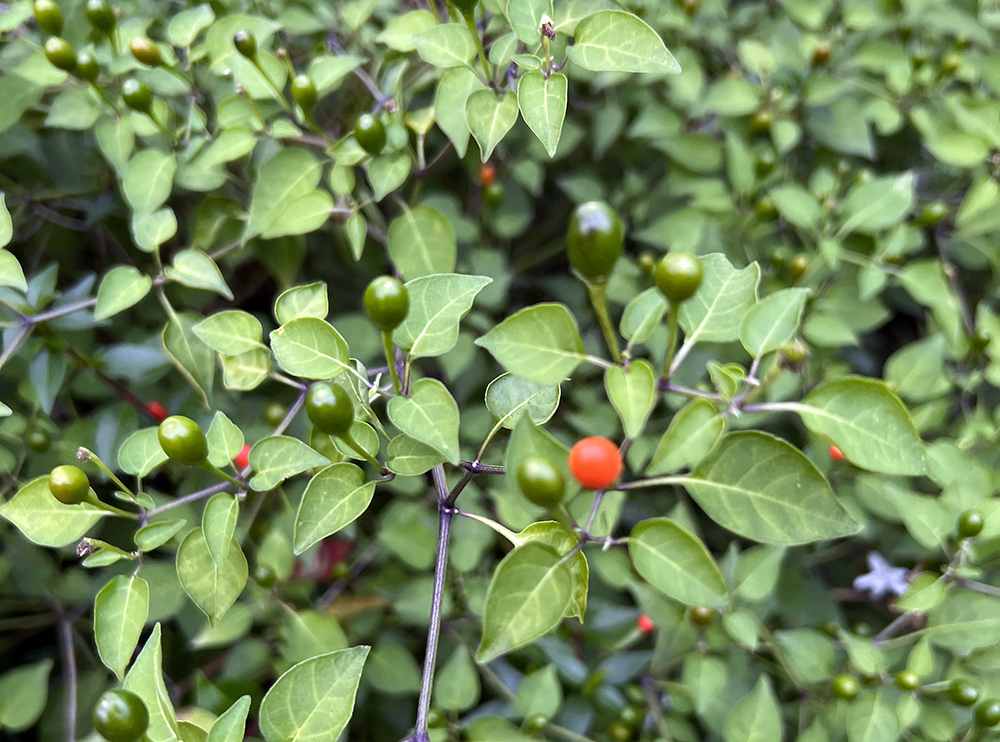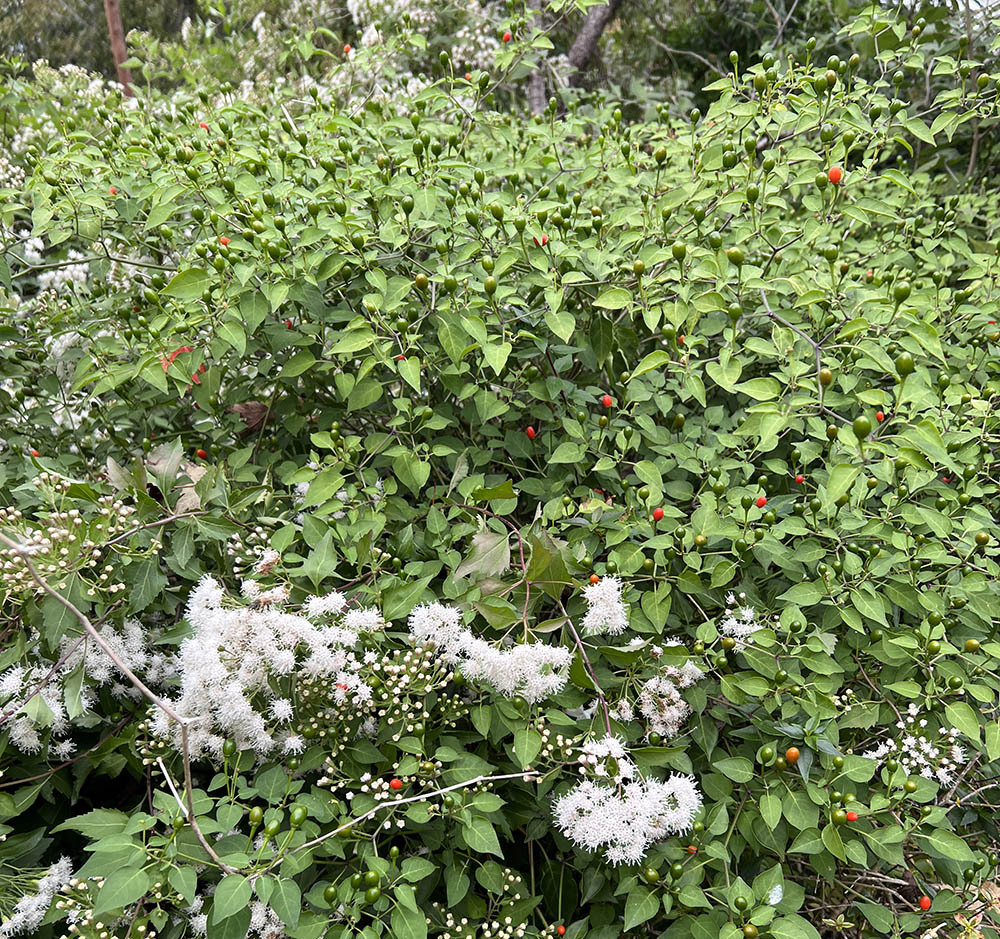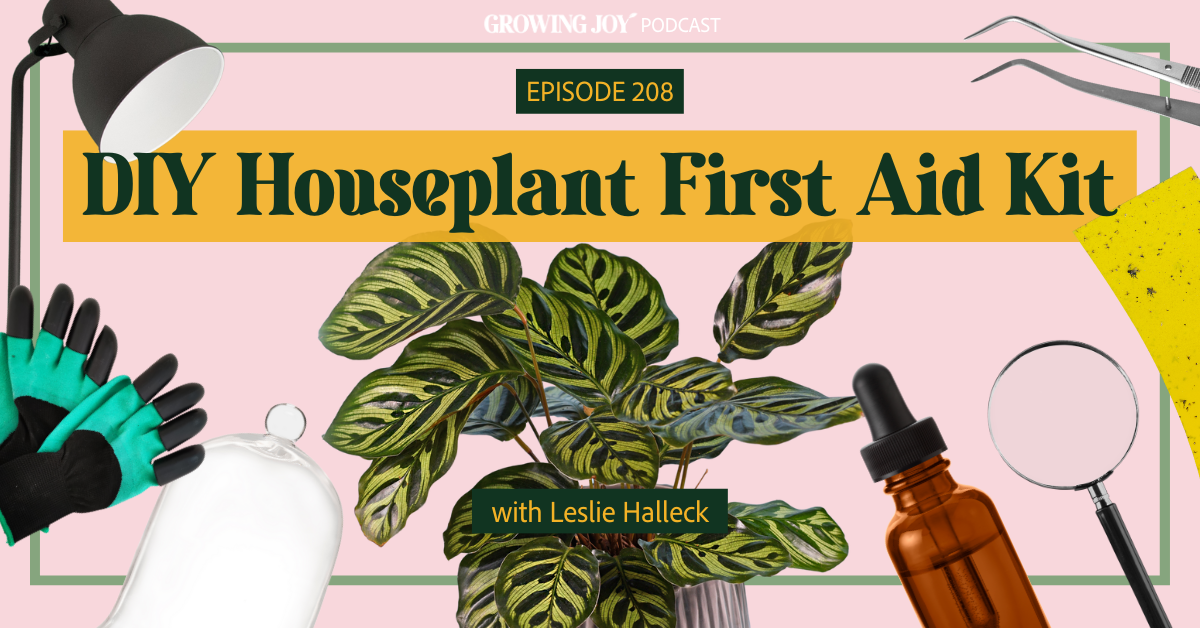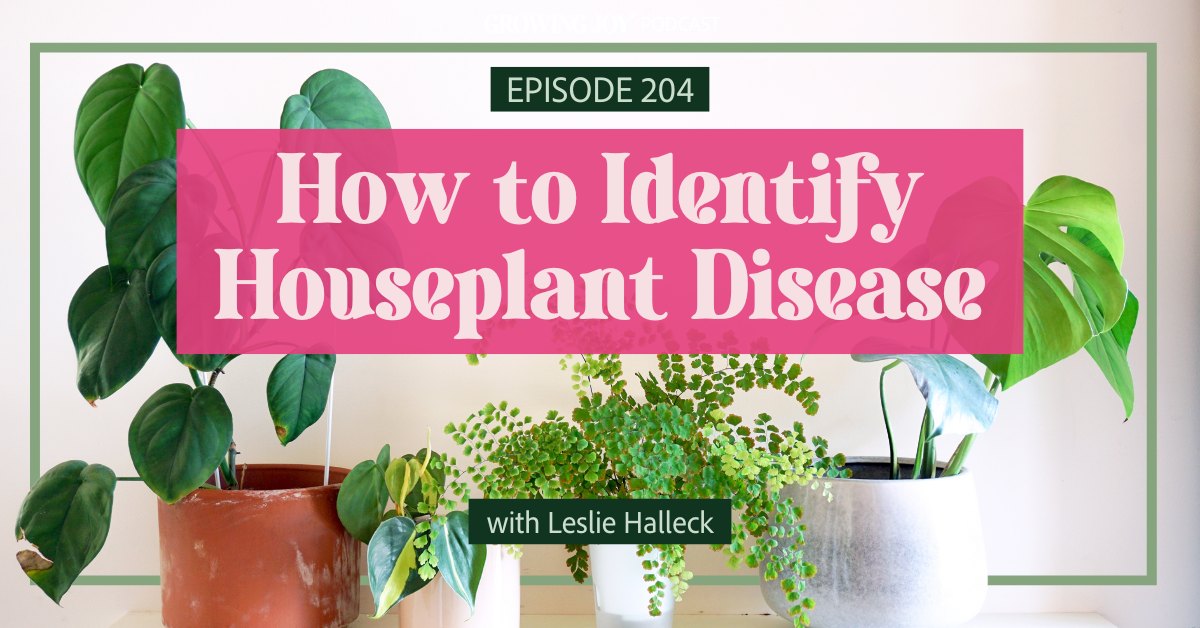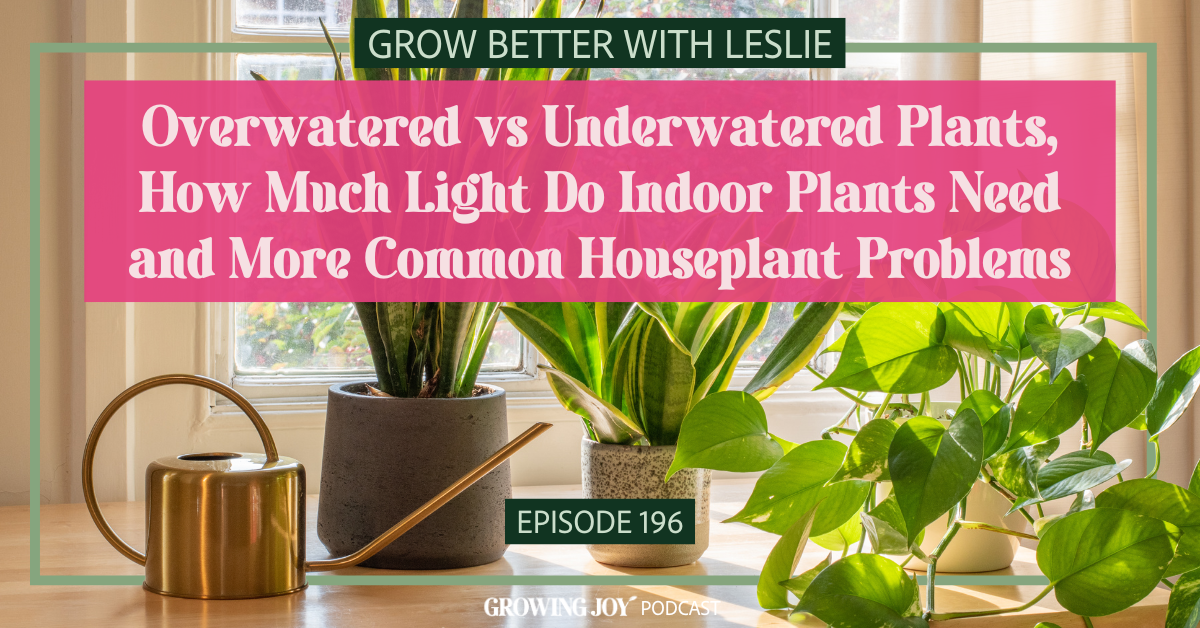Houseplant First Aid Kit
Over the last few months I've been joining Maria Failla on her "Growing Joy with Plants" podcast for a "Grow Better Series" to help you get a handle on all your more challenging houseplant growing needs. On the latest episode, which you can listen to HERE, I teach you how to put together your very own Houseplant First Aid Kit. Everything easily within reach and in one place to quickly take care of all your important houseplant care needs.
Here are the highlights from the show, and I've added in a few more of my own notes for you. If you want ALL the details then be sure to LISTEN to the episode!
A Houseplant First Aid Kit is a great gift to give yourself, but I also think it's a super thoughtful gift you can give to any houseplant parent in your life!
Caring for houseplants often means dealing with pests, diseases, or cultural issues at some point. Having a houseplant first aid kit prepared allows you to quickly treat problems and nurse your plants back to health. In this episode, our favorite horticulturist Leslie Halleck shares must-have items to include in your DIY houseplant first aid kit so you can effectively treat plant problems as soon as they pop up!
Products to Add to Your Houseplant First Aid Kit
Horticultural Oils
Horticultural oils work by “smothering” soft-bodied insects and preventing fungal diseases from spreading on leaf surfaces. That means you take away their ability to breathe! They can be made from various plant-based extracts like neem, peppermint, or thyme oil. Some also contain petroleum.
Note: Mineral oil-based horticultural oils can potentially cause leaf burn outdoors in warm temperatures or direct sunlight. Stick to plant-derived oils like neem, but keep in mind they may still need to be rinsed off in direct sunlight.
Neem Oil vs Azadirachtin
Neem oil itself does not contain insecticidal compounds. It smothers insects it comes in contact with. To get neem oil with direct insecticidal properties, look for products simply labeled "Neem" that include the chemical "azadirachtin" on the label. Azadirachtin is an organic compound in neem that acts as a growth regulator for insects.
Leslie mentioned that neem oil can be used as a leaf polish, but you should rinse it off after 1-2 hours before hot sunlight hits to prevent leaf scorch.
Fungicides
Copper-based fungicides can help prevent fungal spores from reproducing and spreading. Apply these to treat existing infections and prevent them from infecting healthy plant tissue. Newer biofungicides work by making leaves less hospitable environments for fungal growth.
Insecticidal Soaps
Insecticidal soaps work by dissolving the waxy cuticle layer that protects soft-bodied insects like aphids, mealybugs, and scales. Use these as a gentle treatment before moving to stronger chemicals.
Hydrogen Peroxide
A mild hydrogen peroxide solution has multiple uses:
● Water in as a soil drench to kill fungus gnat larvae in the root zone.
● Helps sterilize tools like pruners.
● Can be misted on leaves to increase oxygen and restrict fungal spore growth.
● Oxygenates root zones and encourages new root growth.
Systemic Pesticides
For difficult pests like scale, mealybugs, or spider mites, a systemic insecticide may be needed. Systemics are absorbed into plant tissue, distributing the pesticide within the plant. In simpler terms, the effect takes place when these pests digest the plant they are munching on and die as a result.
Note: Avoid use on edibles. These chemicals are harmful to human body.
Rooting Hormone
Rooting hormone contains compounds that stimulate root formation in cuttings and stressed plants. Use it when propagating plants or repotting a plant with root damage to encourage new root growth.
Gear and Tools to Add to Your Houseplant First Aid Kit
Sticky Traps
Yellow and blue sticky traps catch adult fungus gnats and also monitor for other flying insect pests on your plants. Use regularly as a monitoring tool even when you don't see pests because, remember, early detection allows quicker action.
Gloves
Leslie recommends these types of gloves when gardening:
● Nitrile gloves - protect hands and allow you to physically remove pests by squishing or rubbing them off of leaves.
● Cotton gloves - a softer option for gently cleaning leaves and polishing plants.
● Rubber/latex gloves - offer hand protection when working with oils and chemicals.
Pruners and Snips
Dedicate a good pair of plant pruners and snips for your houseplants. Sterilize them in bleach or other disinfectants after each cut to prevent disease transmission. Keep extra sharp snips or scissors specifically for plants—avoid using kitchen cutting tools!
Potting Mat
A foldable potting mat or tray contains soil mess on any surface when urgently repotting or treating a plant. Clean-up is also easy - just shake it off outdoors.
Humidity Dome
Slip a plastic bag or humidity dome over plants that need a humidity boost. This raises the humidity around the plant to help it recover from stress.
Hygrometer
Monitor humidity levels with a small digital hygrometer. This helps diagnose problems and determine if you need to increase humidity for certain plants.
Grow Lights
Compact LED grow lights provide therapeutic light when nursing plants back to health. Look for clip-on or low-wattage options that are easy to maneuver.
PAR Meter
If you’re willing to invest a lot more money, this specialized light meter measures photosynthetically active radiation (PAR) — the intensity of light useful for photosynthesis. It provides precise data on proper light levels for houseplants and indoor gardens.
Magnifying Glass
Being my favorite tool, a simple magnifying glass lets you inspect plants closely for small pests like spider mites, thrips, and more that can hide in plain sight. It also helps identify the onset of fungal spores or bacterial blotches, webbing, honeydew, or eggs.
Moisture Meter
A moisture meter can help newer plant parents determine when to water. Consider adding one to your kit if you struggle with:
● Understanding when plants need water
● Watering too frequently or infrequently
● Identifying dry vs. wet areas of the root ball
Houseplant Care Reference Books
A couple go-to books like Leslie Halleck's "Plant Parenting", "Gardening Under Lights", and "Tiny Plants" provide diagnostics and treatment recommendations when you need quick guidance.
Assembling Your Own Houseplant First Aid Kit
Hopefully, this gives you a helpful overview of products and tools to include in a well-stocked houseplant first aid kit. Keep everything you need to treat your plants in one place so it's readily accessible for any horticultural emergency.
I recommend gathering small quantities and sizes of key items and organizing them in a storage bin or tackle box for easy transport.
Once you've assembled your kit, I'd love to see it! Share a photo on Instagram and be sure to tag me @lesliehalleck so I can share your DIY houseplant first aid kit with our community.
You can also listen to the other episodes in our Grow Better Series HERE

